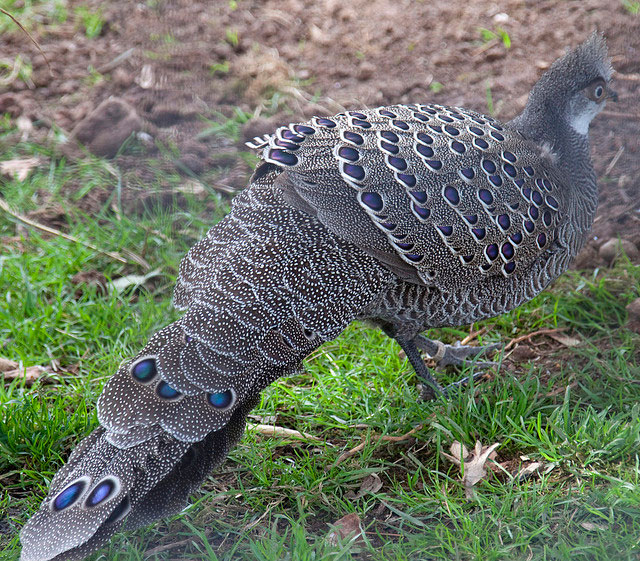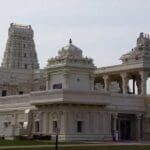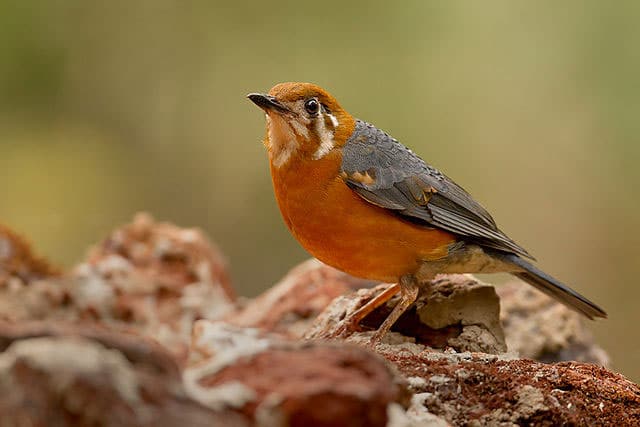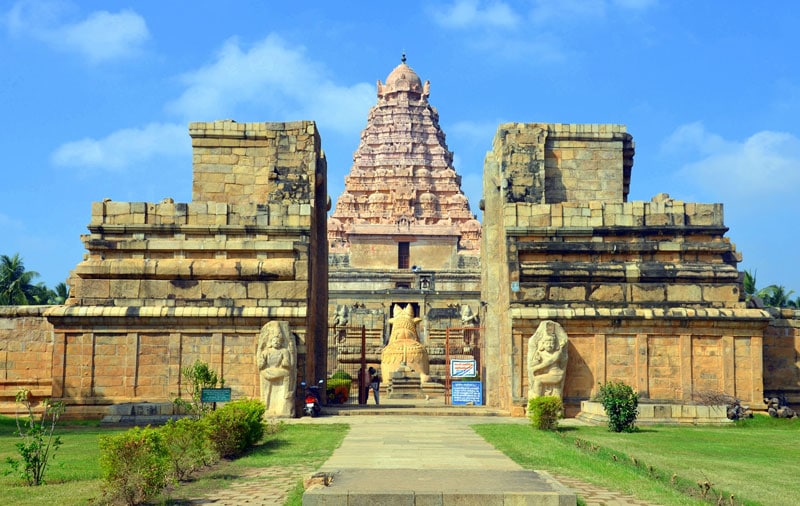Nestled amidst the pristine landscapes of the eastern Himalayas, Khangchendzonga National Park in Sikkim stands as a testament to the breathtaking beauty of nature. This UNESCO World Heritage Site, covering an expansive area of 1,784 square kilometers, is a haven for biodiversity enthusiasts and adventure seekers alike.
Famous For
Pristine Biodiversity
One of the key highlights of Khangchendzonga National Park is its incredible biodiversity. Hosting a diverse range of flora and fauna, the park is home to rare and endangered species such as the red panda, snow leopard, Himalayan tahr, and a variety of medicinal plants. The rich tapestry of nature found here captivates visitors with its sheer abundance and uniqueness.
Majestic Khangchendzonga
The park takes its name from Mount Khangchendzonga, the third-highest peak in the world and the highest in India. Standing tall at 8,586 meters, this sacred mountain is revered by the local communities, adding a spiritual dimension to the park’s allure. The sight of Khangchendzonga against the clear blue sky is nothing short of awe-inspiring.
Entrance Fee
Before embarking on your adventure, it’s crucial to be aware of the entrance fee. A nominal fee is charged for entry, and these funds contribute to the conservation efforts that sustain the ecological balance within the park. This sustainable approach ensures that future generations can also marvel at the wonders of Khangchendzonga.
Visiting Time
Seasonal Variations
The park welcomes visitors throughout the year, each season offering a unique charm. Spring (March to May) brings vibrant blooms and pleasant weather, making it ideal for flora enthusiasts. Summer (June to August) offers lush greenery, while autumn (September to November) provides clear skies and crisp air. Winter (December to February) blankets the park in snow, creating a serene and magical atmosphere.
Visiting Duration
To truly absorb the park’s grandeur, plan a stay of at least 3 to 5 days. This allows ample time for exploring the diverse landscapes, engaging in trekking expeditions, spotting wildlife, and embracing the tranquility that surrounds you. The longer duration ensures a holistic experience, capturing the essence of Khangchendzonga in its entirety.
Places To Visit
Yumthang Valley
Known as the “Valley of Flowers,” Yumthang is a highlight of Khangchendzonga National Park. Situated at an elevation of 3,500 meters, the valley bursts into a riot of colors during spring, with a carpet of alpine flowers covering the meadows. It’s a paradise for botany enthusiasts and a photographer’s delight.
Gurudongmar Lake
At an altitude of 5,183 meters, Gurudongmar Lake is one of the highest lakes in the world and a sacred site for both Buddhists and Sikhs. Surrounded by snow-capped peaks, the lake remains frozen during winter, creating a mesmerizing landscape. A visit to Gurudongmar Lake is a spiritual and visual experience.
Things to Do
Trekking Expeditions
For the adventure seekers, Khangchendzonga National Park offers a network of trekking trails that cater to various skill levels. The Goecha La trek is one of the most popular, providing panoramic views of Mount Khangchendzonga, pristine lakes, and lush valleys. The Dzongri trek is another favorite, leading through rhododendron forests and offering breathtaking vistas.
Wildlife Safari
Embark on a wildlife safari within the park to catch a glimpse of its elusive inhabitants. The park is home to red pandas, Himalayan black bears, snow leopards, and a variety of bird species. Engaging in a safari adds an element of excitement, as you navigate the rugged terrain in search of these majestic creatures.
Climatic Conditions
Varied Terrain, Varied Climates
Khangchendzonga National Park’s diverse topography results in a range of climates. The lower altitudes feature a temperate climate, with mild temperatures, while the higher reaches can be chilly, especially during winter. Trekkers should be prepared for temperature variations and pack accordingly.
Best Time to Visit
Choose Your Season
While the park is accessible year-round, the best time to visit depends on your preferences. Spring and summer (March to May) offer pleasant weather and vibrant landscapes. Autumn (September to November) provides clear skies, making it ideal for trekking. Winter (December to February) transforms the park into a winter wonderland, attracting those seeking a snowy retreat.
How to Reach
Air, Rail, and Road
The journey to Khangchendzonga National Park typically begins with a flight to Bagdogra Airport. From the airport, a scenic drive takes you to Gangtok, the capital of Sikkim. Gangtok serves as the gateway to the park, and local vehicles can be hired to reach the various entry points. Alternatively, travelers can opt for a train journey to New Jalpaiguri, followed by a picturesque road trip to Gangtok.
History
Cultural Significance
Beyond its natural wonders, Khangchendzonga National Park holds immense cultural significance for the indigenous communities of Sikkim. The Lepchas and Bhutias consider the area around Mount Khangchendzonga sacred, believing it to be the abode of their guardian deity. This cultural connection adds a layer of spiritual richness to the park’s appeal.
Food
Local Delicacies
Exploring the local cuisine is an essential part of any visit to Khangchendzonga National Park. Nearby towns like Yuksom and Pelling offer a variety of traditional Sikkimese dishes. Momos, a type of dumpling, are a local favorite, along with Thukpa (noodle soup) and Phagshapa (pork with radishes). These dishes provide a taste of the region’s culinary heritage.
Accessibility and Accommodation
Cozy Retreats
Accommodations in and around Khangchendzonga National Park cater to various preferences and budgets. From cozy homestays that offer an authentic local experience to comfortable hotels with modern amenities, visitors have a range of options. Popular towns like Yuksom and Pelling serve as convenient bases for exploring the park.
Nearby Hotel & Restaurant
Comfortable Stays
Discover comfortable stays in the vicinity of Khangchendzonga National Park, providing a perfect blend of modern amenities and proximity to the park’s entry points. Many accommodations also feature on-site restaurants, allowing guests to savor local and international cuisines after a day of exploration.
How To Reach
Navigating the Terrain
Once in Gangtok, local transport options such as taxis and shared cabs are readily available for the journey to Khangchendzonga National Park. The road trip itself offers mesmerizing views of the Himalayan landscape, providing a sneak peek into the natural wonders that await.
Tourist Map
Navigate with Ease
Obtain a tourist map from the park’s entrance or the nearby information centers to navigate the trails and attractions effectively. The map includes details of trekking routes, viewpoints, and areas known for wildlife sightings. Having a map enhances your exploration experience and ensures you don’t miss any of the park’s hidden gems.
Distance From Major Cities
Plan Your Journey
When planning a trip to Khangchendzonga National Park, it’s essential to consider the distances from major cities like Kolkata, Delhi, and Guwahati. Understanding the travel time helps in choosing the most convenient route based on your location, ensuring a smooth and enjoyable journey.
Nearby Places
Extend Your Exploration
Beyond Khangchendzonga National Park, explore nearby attractions to enhance your Himalayan experience. Pemayangtse Monastery, one of the oldest monasteries in Sikkim, offers a glimpse into the region’s religious heritage. Khecheopalri Lake, known as the “Wishing Lake,” is another serene spot worth visiting. These nearby places add depth to your exploration, showcasing the cultural and spiritual richness of Sikkim.
Tourist attraction
Enchanting Sights
Every corner of Khangchendzonga National Park is a tourist attraction in itself. The vibrant blooms of Rhododendrons, dense forests, and the towering peaks create a visual feast for visitors. The park’s diverse landscapes ensure that each step reveals a new facet of its natural wonders.
How to
Plan Your Trip
Before embarking on your journey, meticulously plan your itinerary. Consider factors such as weather conditions, preferred trekking routes, and available accommodation options. Obtain the necessary permits for park entry, ensuring a hassle-free experience. Planning ahead allows you to make the most of your time in this Himalayan paradise.
Travel Tips
Be Prepared
- Pack Accordingly: Given the varied climates, pack layers to adjust to temperature changes. Include essentials like a waterproof jacket, sturdy hiking boots, and a hat.
- Stay Hydrated: Carry an adequate supply of water, especially during treks, to stay hydrated at varying altitudes.
- First Aid Kit: Have a basic first aid kit with essentials like bandages, pain relievers, and any personal medications.
- Local Guidance: If embarking on treks, consider hiring a local guide for insights into the flora, fauna, and cultural significance of the park.
- Respect Nature: Follow the principles of responsible tourism by leaving no trace, respecting wildlife, and adhering to designated trails.
FAQS
- Is Khangchendzonga National Park open throughout the year?
- Yes, the park is open year-round. However, the best time to visit is from March to May and September to November.
- What permits are required to enter the park?
- Visitors need a special permit, obtainable from the Wildlife Education and Interpretation Center in Gangtok. This permit helps in regulating the number of visitors and conserving the park’s delicate ecosystem.
- Are there accommodation options within the park?
- No, there is no accommodation within the park itself. Visitors can find a range of stay options in nearby towns like Yuksom and Pelling, serving as convenient bases for exploration.
- Are there medical facilities in case of emergencies?
- Basic medical facilities are available in nearby towns. It’s advisable to carry a basic first aid kit during treks and seek professional medical assistance if needed.
- Can I explore the park without a guide?
- While exploring the park independently is possible, hiring a local guide is recommended, especially for treks. Guides enhance the experience by providing valuable insights into the park’s ecology, wildlife, and cultural significance.
In conclusion, Khangchendzonga National Park in Sikkim is a treasure trove of natural wonders, cultural richness, and adventure. Plan your trip thoughtfully, immerse yourself in the local culture, and let the Himalayan magic unfold before your eyes.










